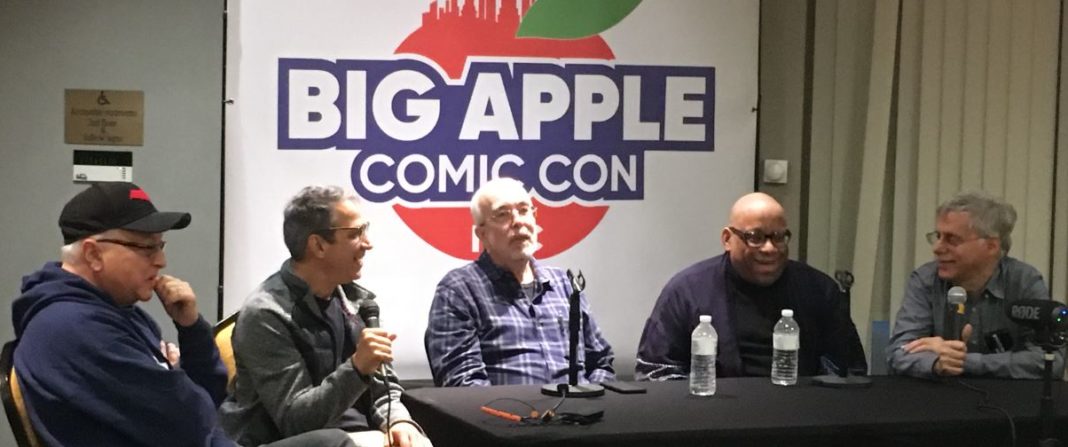“New York reeks of comics history.” Paul Levitz said that in his opening to the ‘NYC-Comics Connection’ panel, about New York City’s place in both comics history and fiction. It drips with stories, memories, anecdotes, and myths about the men and women, the buildings, and the architecture that built up and inspired American comics culture, especially when it comes to superhero comics.
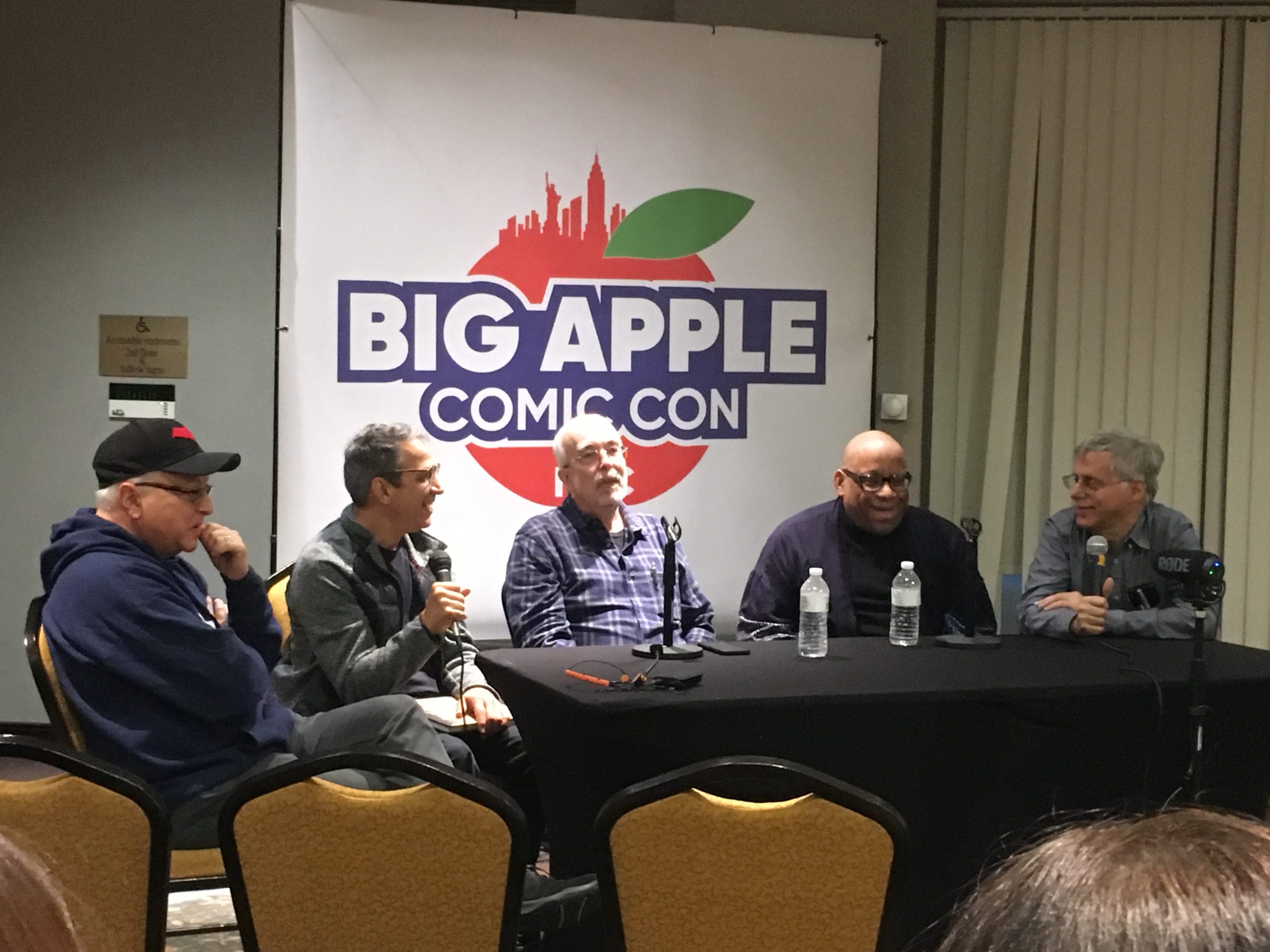
The panel was moderated by Levitz in conversation with Michael Uslan, Steve Saffel, Steve Bunche, and Peter Kuper at the Big Apple Christmas Con ’19, which took place on December 14th at The New Yorker hotel (aka The Daily Planet Building).
It would’ve been easy to get lost in the nostalgia that comes with talking New York during the Stan Lee/Steve Ditko/Jack Kirby era, when Marvel was on the rise and classic comics were being injected into the literary veins of the city. But the panel decided to go to other places and look at that special bond between the city and comics.
“New York was the aspirational place for comics. You had to be there if you wanted to work in the industry,” Levitz said when introducing the panel. The sentiment was the consensus. “American storytelling was happening in New York,” added Steve Bunche, associate editor at Vertigo with Swamp Thing, Transmetropolitan, and Y: The Last Man under his belt, and veteran production artist at Marvel. The idea of working in New York, Bunche added, felt like “moving to Oz.” It was clear the mystique and the aura of the place had no choice but to become a part of the DNA of comics. It’s what made those comics feel authentic, the panel agreed.
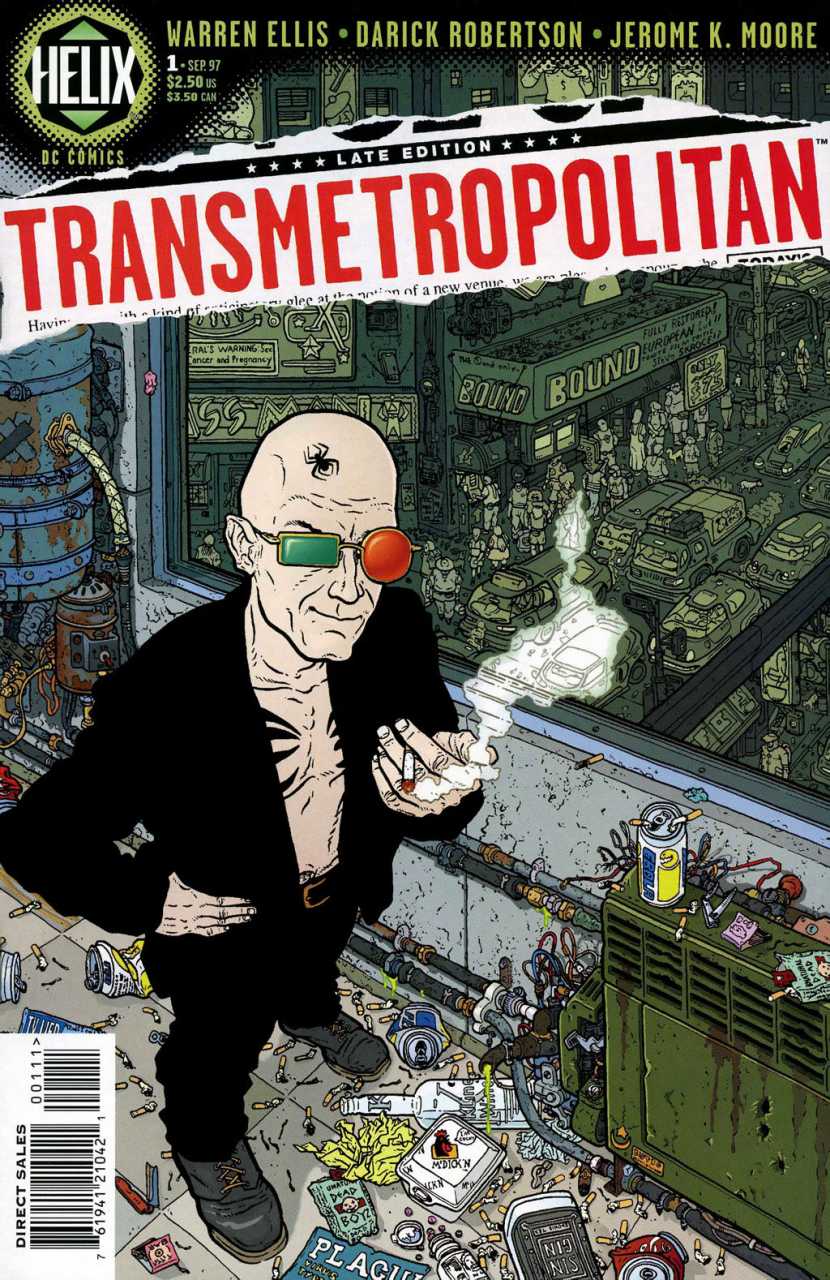
Saffel, a writer and consultant currently acting as one of Titan Books’ Senior Acquisitions Editors, saw New York City as a fictional setting come to life. He remembered being in awe of the iconic water towers drawn into early Marvel comics when first seeing them in real life. “Marvel made New York real,” added Saffel. It wasn’t Gotham City or Metropolis, two fictional cities that owed a lot to New York (and Chicago) but weren’t exactly that. The fictional lines were clearly drawn. DC Comics’ premier superhero-guarded cities evoked the Big Apple, but were always a step or two away from actually being New York.
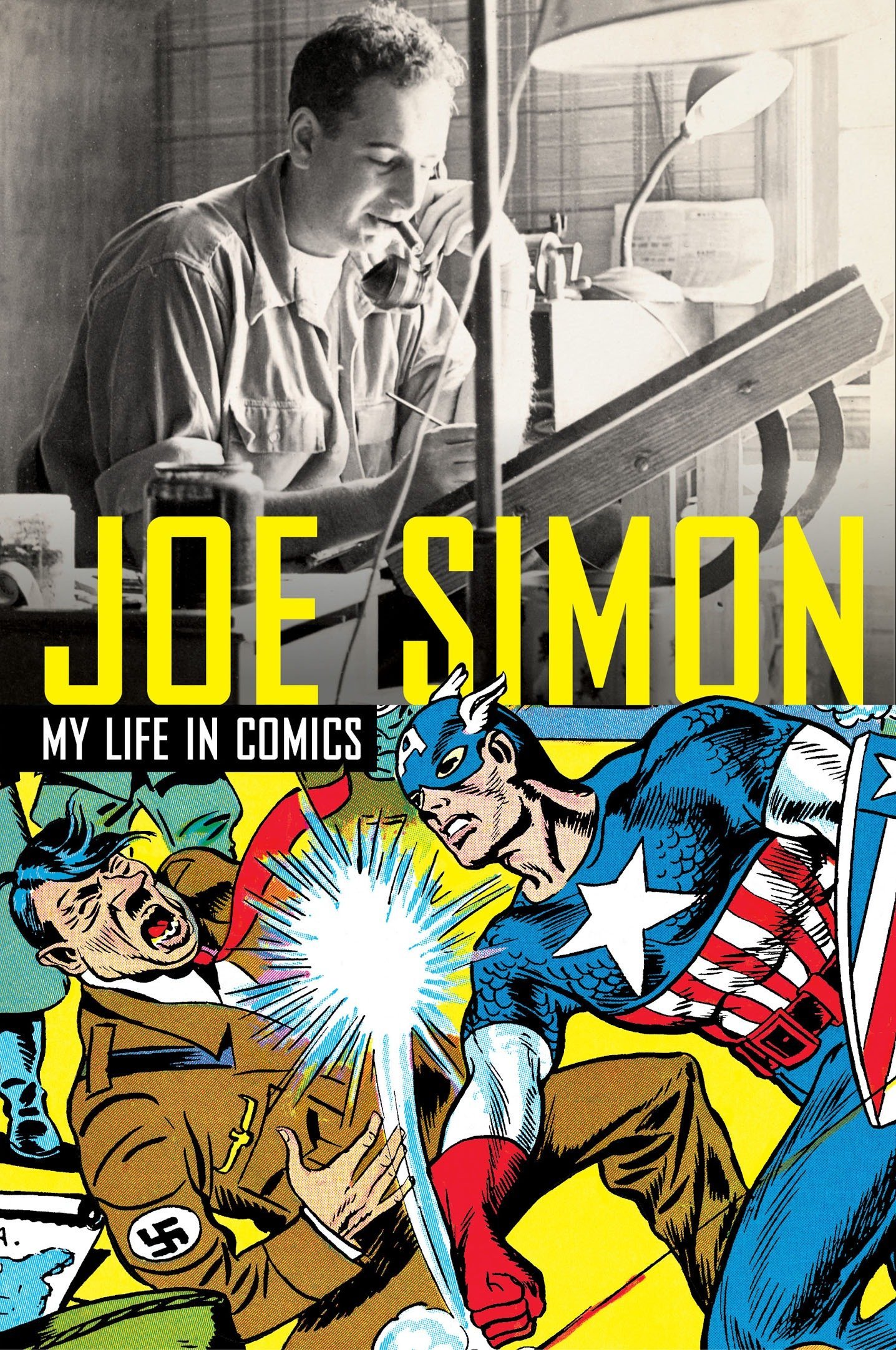
There was an interesting connection made between how the city’s history chaperoned the ideas and storytelling trends that came with each decade, whether it wanted to or not. This stretches back to the days of Timely Comics (which would eventually become Marvel Comics), when the German American Bund organization held a pro-Nazi “Americanization” rally at Madison Square Garden on February 1939. Saffel saw a direct response from the Timely books of the time that condemned Nazism and their infiltration of the political culture of the city. Sub-Mariner and the original Human Torch emerged out of this set of circumstances, in October of the same year, to remind New Yorkers the Nazis were the bad guys.
For Kuper, the co-creator of World War 3 Illustrated and Spy vs.Spy writer/illustrator since 1997, New York “was Winsor McCay’s Little Nemo in Slumberland.” It was McCay’s architecture, though, that made it so easy to fall for the city. Kuper got a taste of New York while going to its comic conventions. This prompted him to move into the city when he was 18, working as an inker for Harvey Comics and later in Howard Chaykin’s studio.
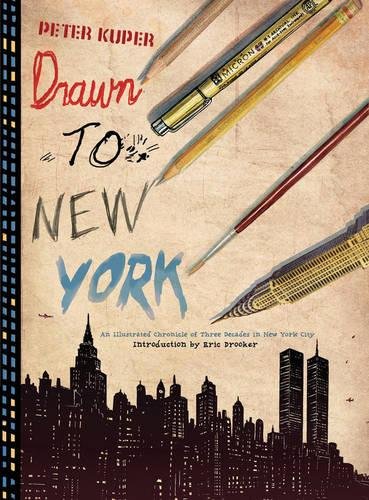
Kuper reminisced about the times when moving to New York City without a solid sure-fire plan was still possible. You could move around, find work if you insisted long and hard enough. “You can’t come to New York and wing it anymore,” Kuper stated. Competition, cost of living, and the physical takeover of banks and stores in every neighborhood have made it more difficult, he suggested. Kuper’s book Drawn to New York: An Illustrated Chronicle of Three Decades in New York City takes a look at the role NYC had on his career as an illustrator and comics creator.
Uslan’s New York origin story saw him meeting Stan Lee as a young kid, going to DC Comics tours, and visiting Timely Comics offices, which had at certain points been located in the McGraw-Hill Building and the Empire State Building. Uslan appreciated the genuine feel of New York in the Luke Cage and Daredevil comics of his time. It was as if these comics became maps for readers, geographical snapshots that captured the soul of the city.
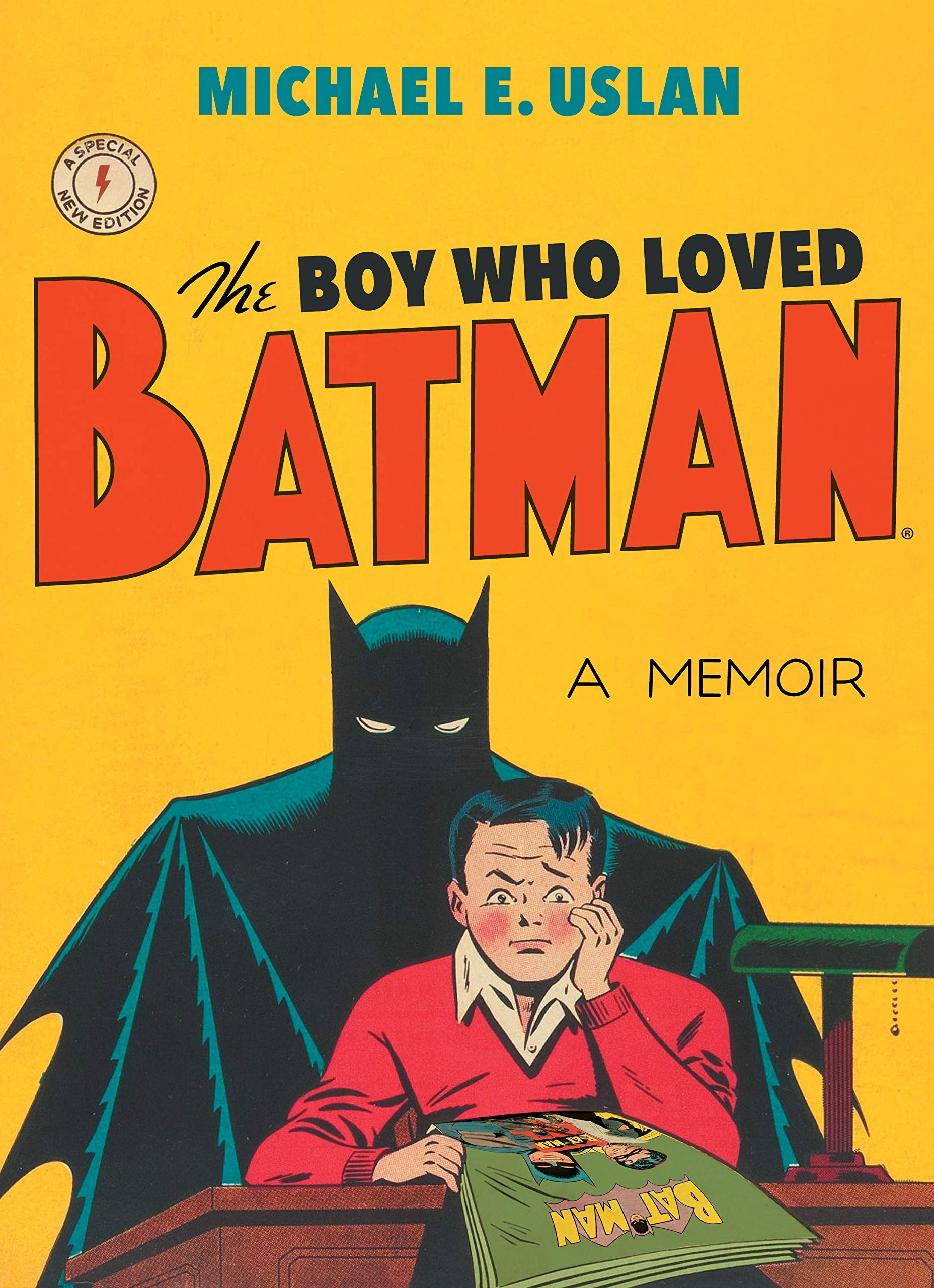
“The city is a character,” stated Levitz, speaking to the way New York manifests itself in comics. It’s become a kind of memory of the city—maybe even a reminder for the city itself, a reminder of what it was. Bunche spoke to this when remembering how he used to look for Doctor Strange’s building in Greenwich Village. “You absorb New York as an artist. It’s a living, breathing place.”
In fact, Bunche suggested New York was important because it inspired other cities, especially in terms of personality. Unfortunately, Bunche added, New York is no longer a city that inspires other cities. He felt the city has lost its soul, so to speak. It’s become a place you come to take tours in. A kind of sameness permeates throughout its different boroughs and neighborhoods now.
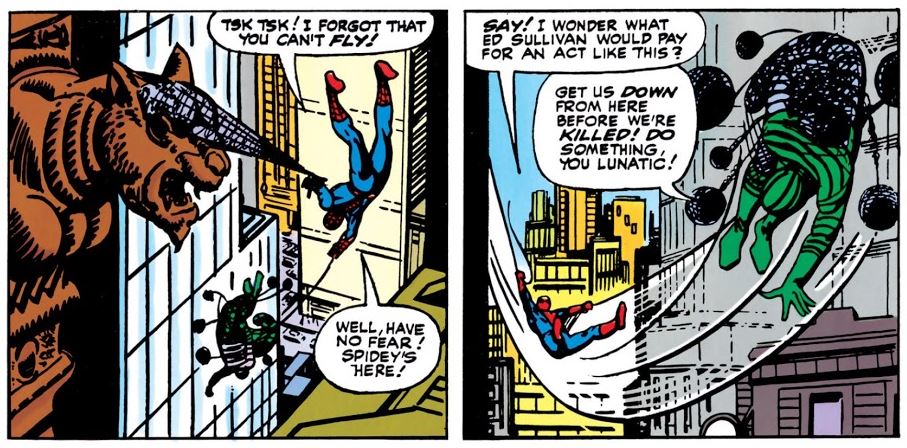
Saffel, on the other hand, recommended we walk the streets of the city looking up at the buildings, to the upper floors of its skyscrapers, where we can still see parts of the original architecture. “It reminds me of Steve Ditko’s Spidey comics. They were a romp through New York architecture.” Adding to his appreciation of Ditko’s work, Saffel argued that “comics tend to portray the places people want to go to, travel to. New York comics artists, then, tended to create aspirational comics. New York was the aspirational city,” a point Levitz had made earlier.
An audience member asked why there wasn’t a dedicated New York comics history museum somewhere in the city, given the richness of its history and all the connections. Levitz answered the question as honestly and candidly as possible: “It’s too expensive.” He did reveal that there were plans once to open a museum in the basement of the Empire State Building. It never materialized. Kuper and other panelists made mention of the Society of Illustrators, a museum dedicated to promoting the art of illustration by holding exhibits and events showcasing artists, their bodies of work, and collections. For the moment, the city’s comic book history lives on through limited-time exhibits.
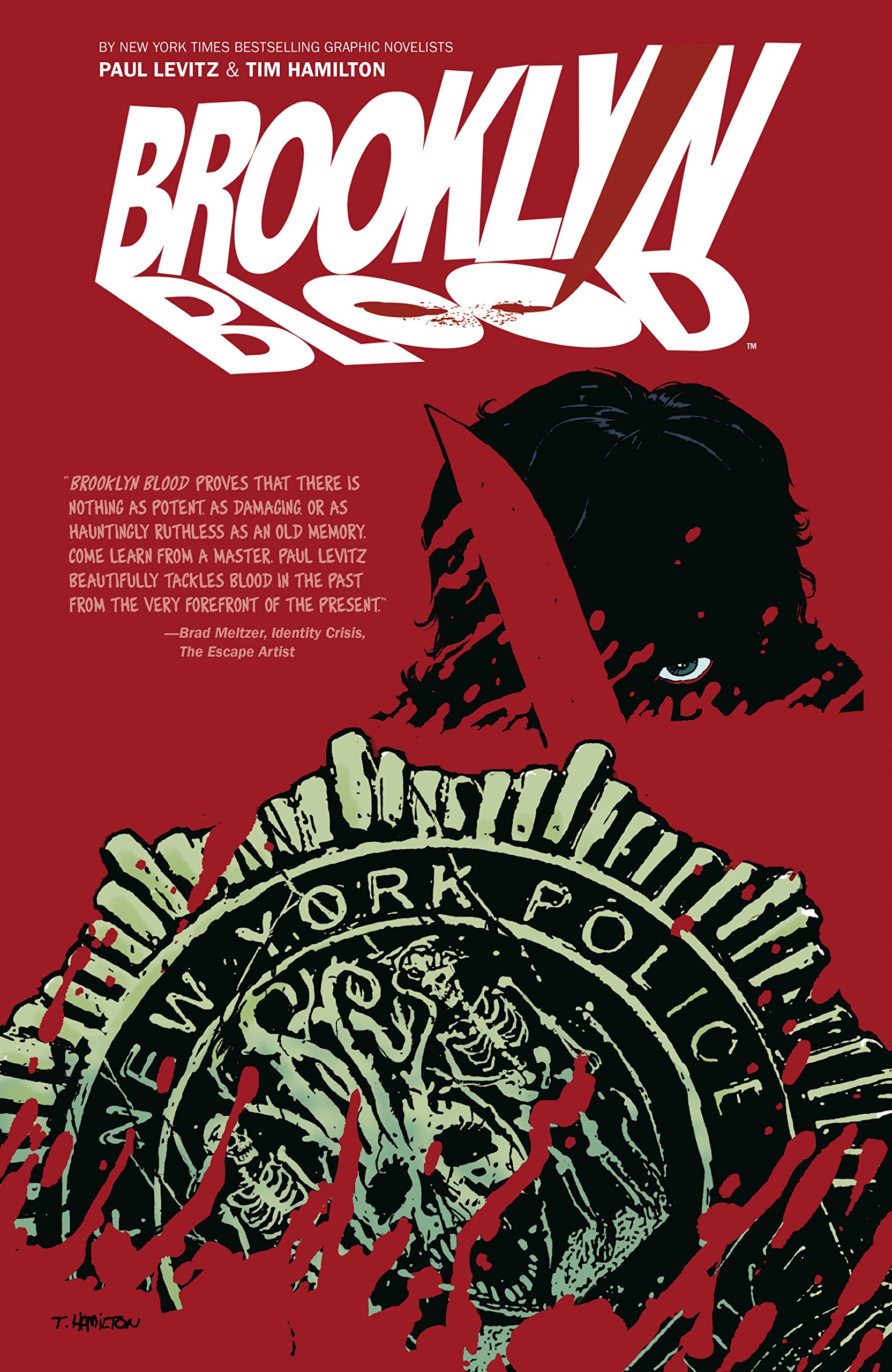
I had the chance to ask if the panel thought there existed any other city, in their opinion, that has been as authentically and genuinely captured in comics as New York. Several panelists made quick mentions of Chicago and Los Angeles, but Levitz and Saffel reminded the audience that the majority of the comics industry was still in New York by the mid-1980s. Levitz said that “This meant the city just poured into the stories. Everyone was here.”
Kuper mentioned Paris as another strong example of cities being such a big part of comics in their respective areas. He added, “French artists have turned Paris into a living character in their comics, much like New York in our comics.” Saffel thought London had to be up there as well as one other city that played the same role in British comics.
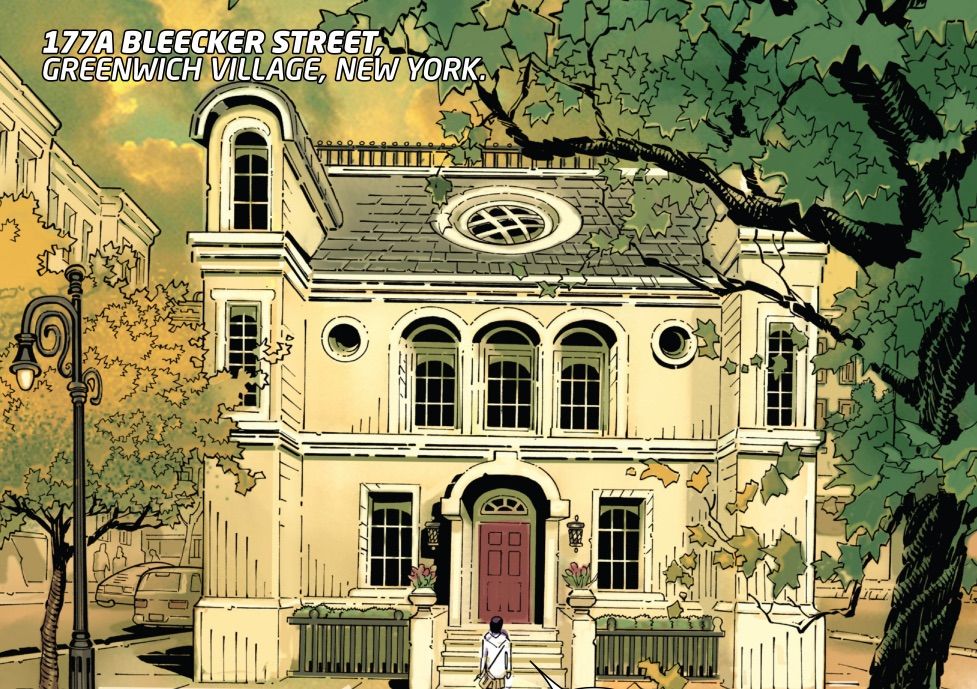
It was perhaps Uslan who gave the most intriguing answer. He said that we should consider “the American Southwest in Hulk stories from Tales to Astonish. When I read those comics and saw the deserts, the plants, the colors even, it felt authentic. It bears looking more into.” Uslan closed the panel with a shoutout to Yonkers for having a store called Gotham Jewelers. According to Uslan, Bill Finger took the ‘Gotham’ part of the name and gave it to the city Batman would come to patrol during the night.
New York needs a comic book museum. It also needs to compile as many stories as it can to preserve some of its most unique memories. This is what panels such as these make so apparent. Knowing New York is an integral part of the story of comics in America is good, but it’s not necessarily enough. Getting to the guts of the overall story is where we find precisely what makes New York so important to the medium. It might be for reasons we haven’t even had the chance to explore just yet. That alone is reason enough to continue exploring the city and the comics it produced.


